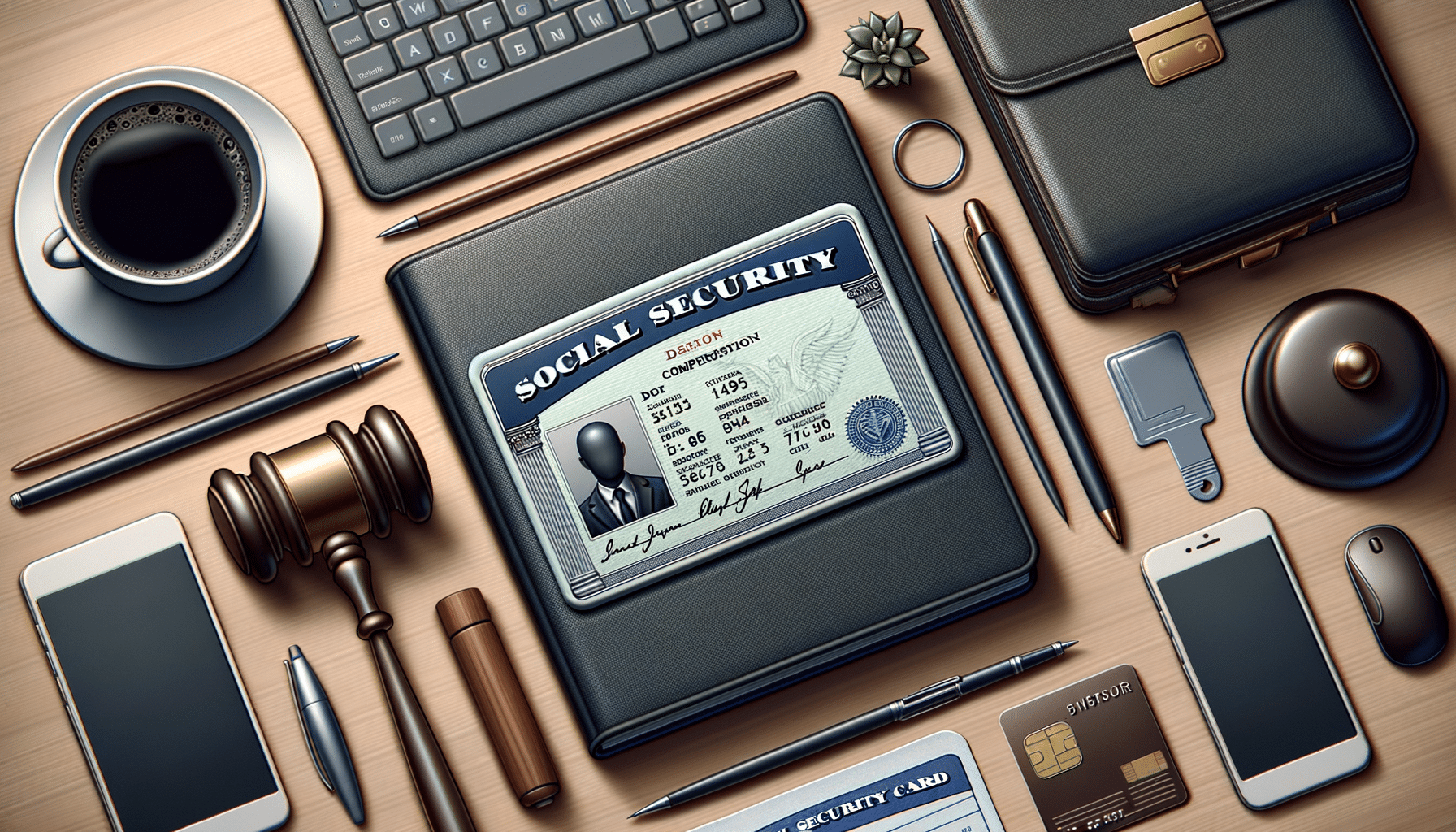
Big Changes Coming to Social Security Cards Soon
Introduction to Social Security Cards and Upcoming Changes
The Social Security card is a fundamental piece of identification for citizens, serving as proof of one’s Social Security number (SSN). This small but mighty card plays a significant role in various aspects of life, from employment to taxation, and even in accessing certain government services. However, big changes are on the horizon that may alter how you apply for, replace, or use your Social Security card. Staying informed about these updates is crucial, as they could impact how you manage your personal documents and interact with governmental systems.
Social Security cards have been a staple in the identification process since the inception of the Social Security program in 1935. Traditionally, they have been issued in a straightforward manner, with minimal changes over the decades. However, the digital age and evolving security concerns have prompted the need for modernization. The upcoming changes aim to enhance security, streamline processes, and improve accessibility. Understanding these changes is essential for everyone, as they may affect everyday transactions and interactions.
This article delves into the anticipated updates, exploring their implications and providing insights into how they might influence your daily life. Whether you’re applying for a new card, replacing a lost one, or simply using it for identification, these changes could have a significant impact.
Enhancements in Security and Technology
One of the primary drivers behind the upcoming changes to Social Security cards is the need for enhanced security. In an era where identity theft and fraud are prevalent, safeguarding personal information is paramount. The new Social Security card design is expected to incorporate advanced security features, making it more difficult to counterfeit or misuse.
These enhancements may include the use of high-tech materials and printing techniques, similar to those used in modern currency and passports. Holograms, watermarks, and unique serial numbers could become standard features, providing an additional layer of security. Such measures are designed to protect individuals from identity theft and ensure the integrity of the Social Security system.
Moreover, technological advancements may also lead to changes in how Social Security cards are issued and verified. Digital integration could allow for online applications and verifications, reducing the reliance on physical documents. This shift towards digital solutions is not only more convenient but also aligns with broader trends in government services, which are increasingly moving online.
These technological advancements promise to streamline processes, making it easier and faster for individuals to obtain or replace their Social Security cards. As these changes unfold, staying updated on the new procedures will be crucial for anyone needing to interact with the Social Security Administration.
Implications for Individuals and Businesses
The changes to Social Security cards are poised to have wide-ranging implications for both individuals and businesses. For individuals, the enhanced security features mean greater protection against identity theft. However, adapting to new processes may require some adjustment, particularly for those accustomed to traditional methods of application and verification.
For businesses, particularly those involved in hiring and payroll, the updates could necessitate changes in how employee information is collected and verified. Employers may need to update their systems to accommodate new verification methods, ensuring compliance with the latest security standards. This could involve integrating digital verification processes, which may require investment in new technology and training for staff.
Additionally, these changes could influence how Social Security numbers are used in various transactions. As security measures become more stringent, the reliance on Social Security numbers as a primary identifier may decrease. This shift could lead to the adoption of alternative identification methods, such as digital IDs or biometric verification.
Overall, the upcoming changes to Social Security cards represent a significant step towards modernizing the system. While they promise enhanced security and efficiency, they also require individuals and businesses to adapt to new processes. Staying informed and prepared will be key to navigating these changes successfully.


